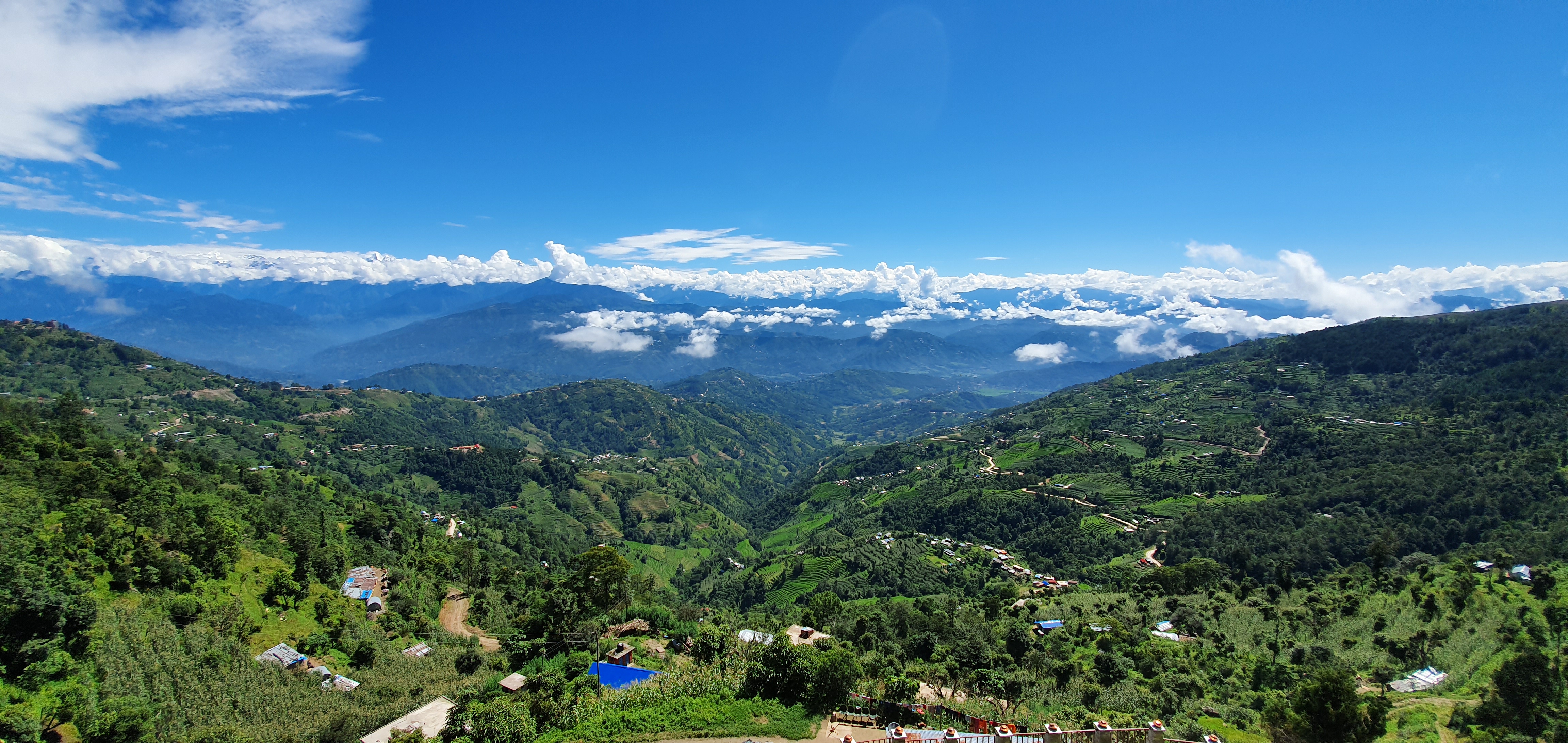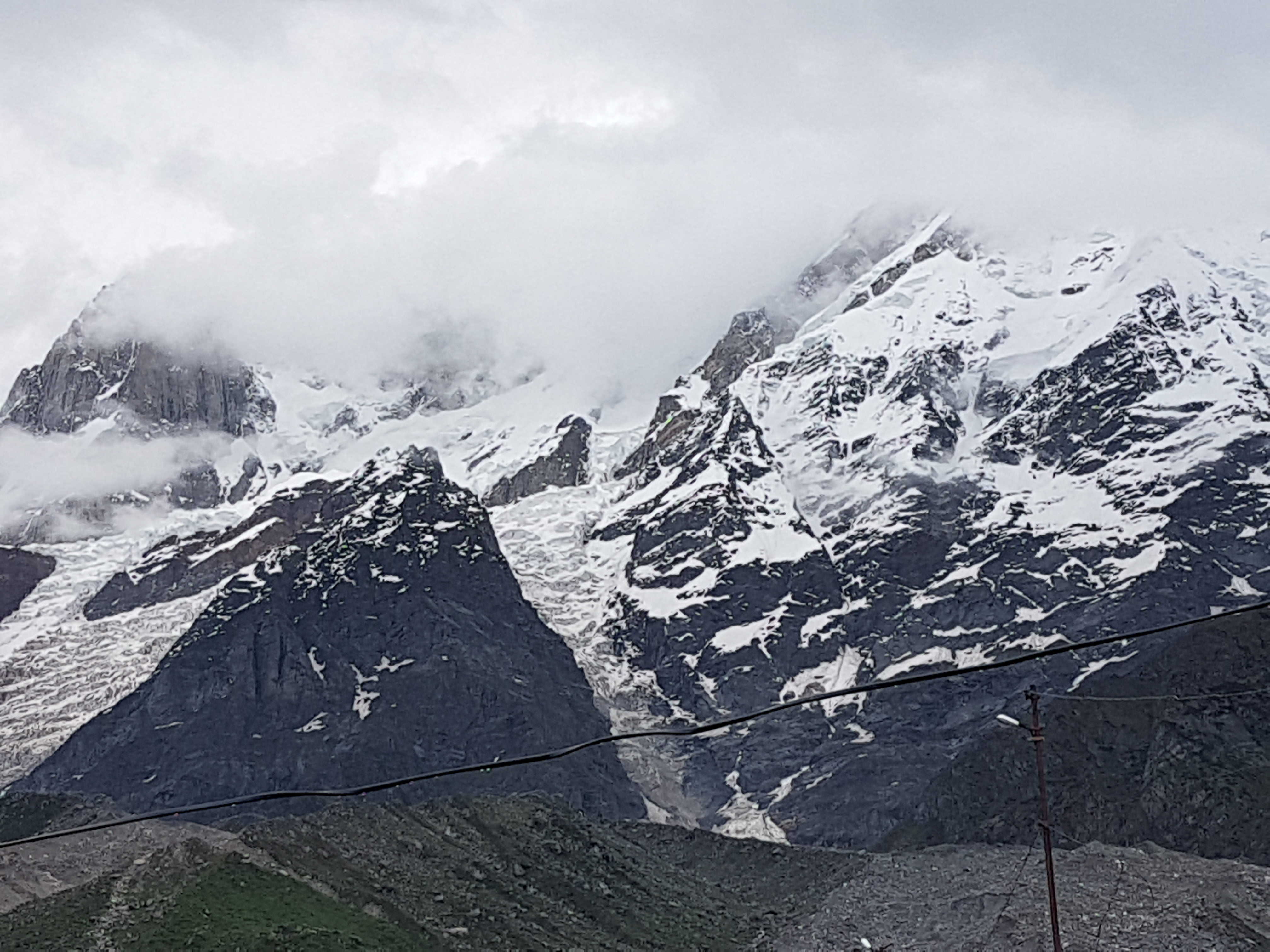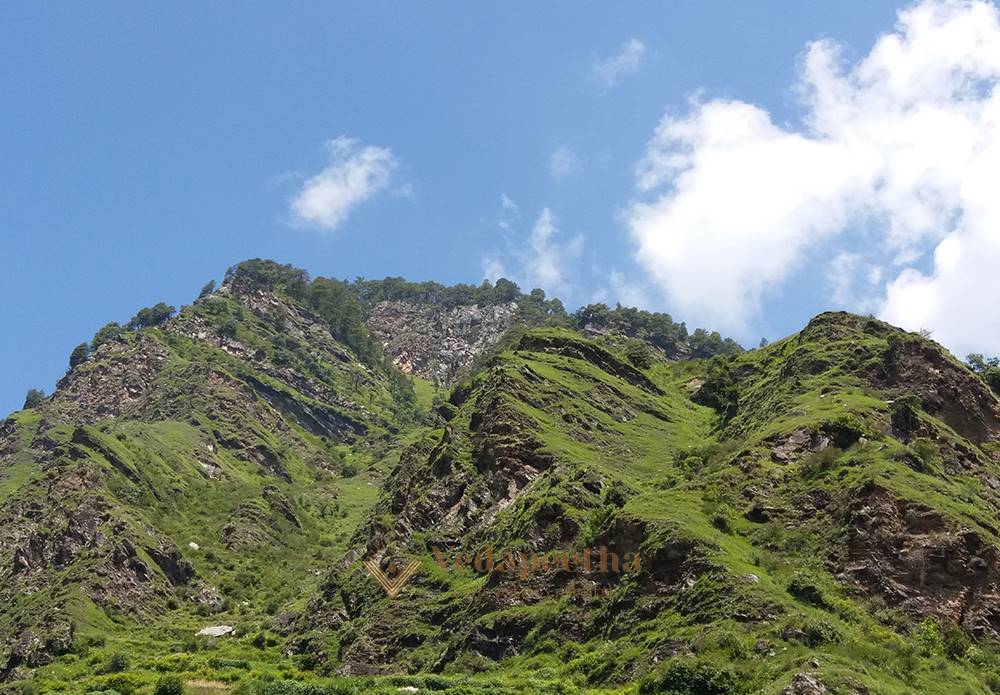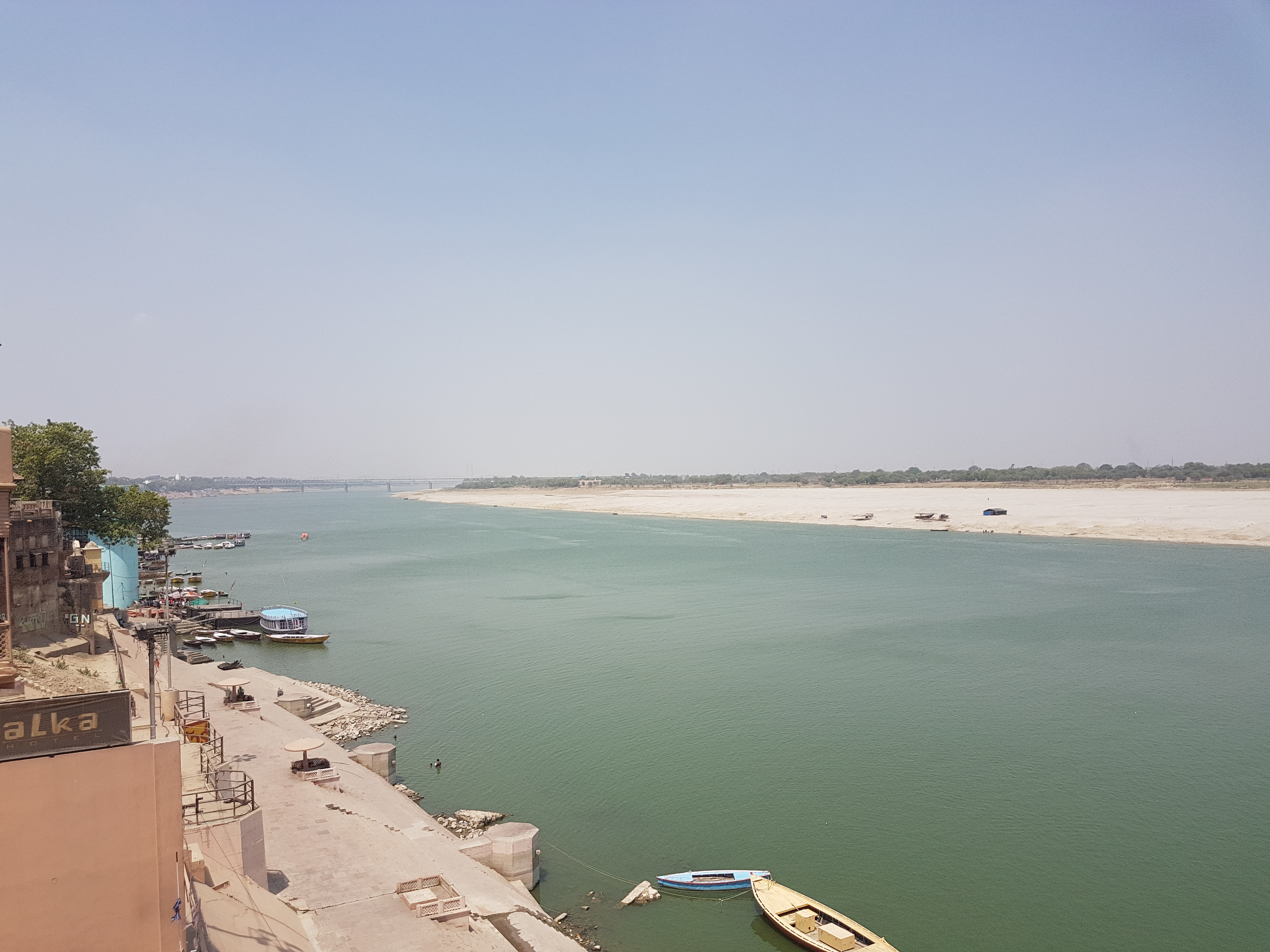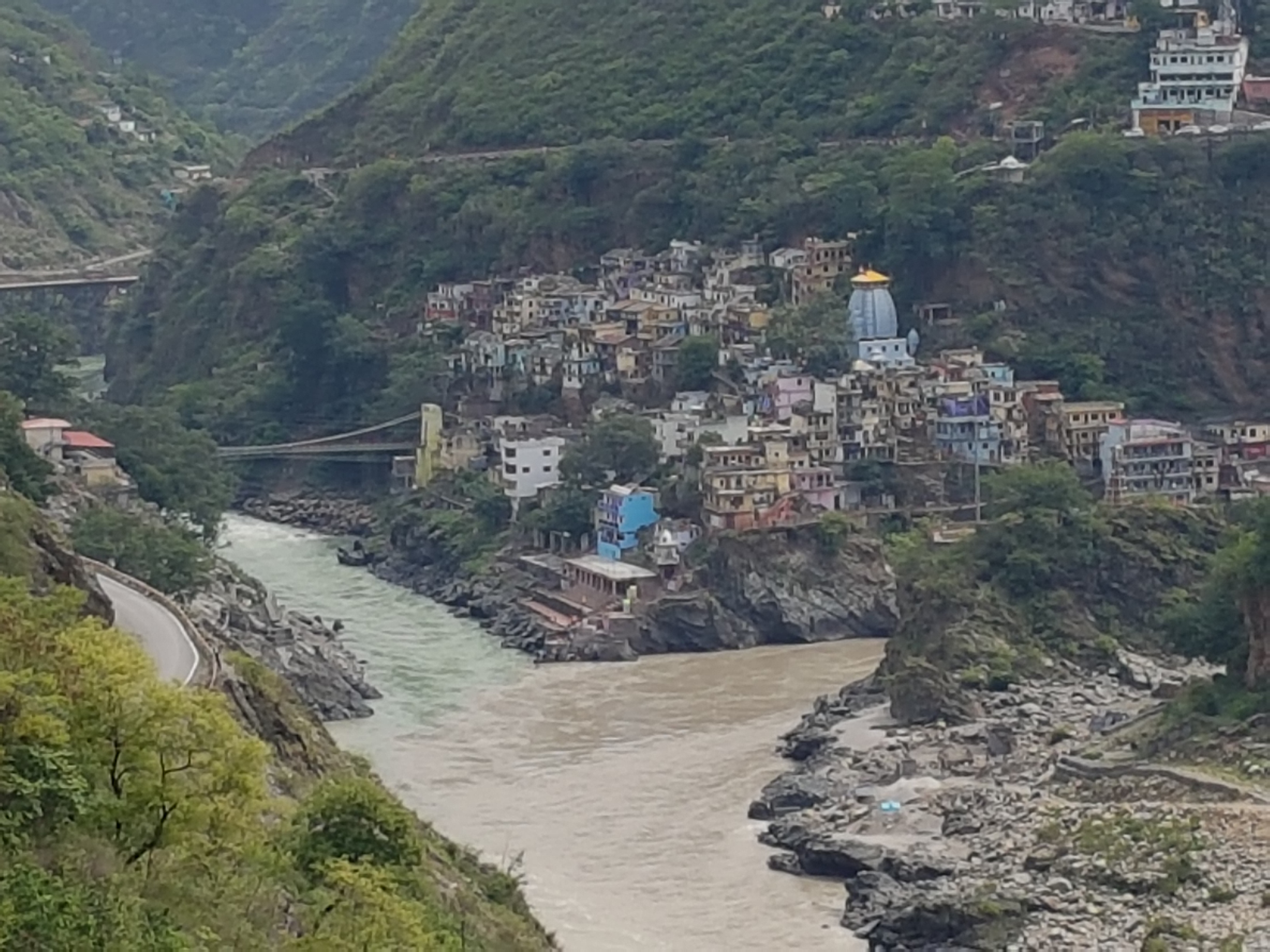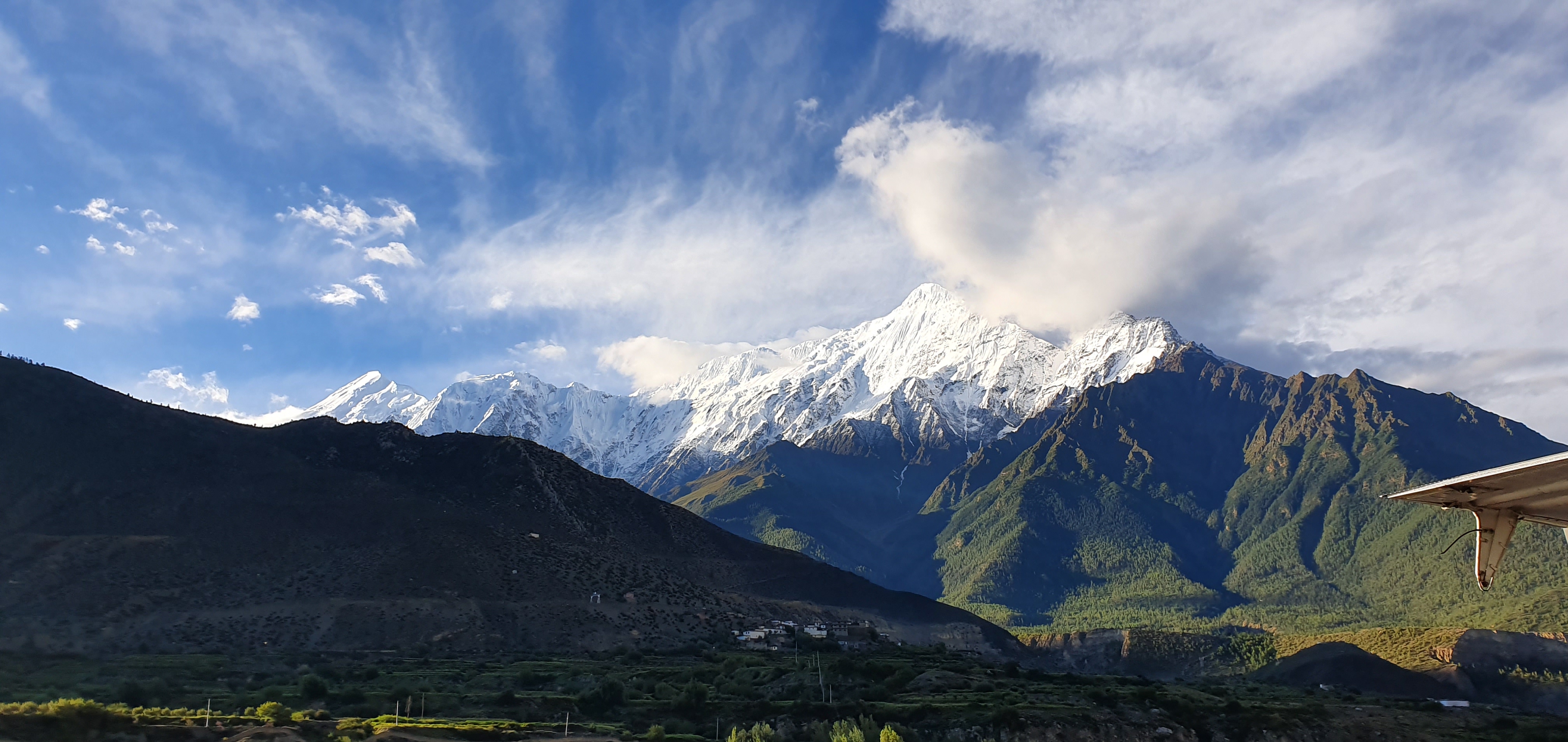Aṣtaka Krama
In the Aṣtaka system of Rigveda, there are eight Aṣtakas and every Aṣtaka contains eight Adhyāyas, so a total of sixty-four Adhyāyas. In the first Aṣtaka, the eight Adhyāyas contain 37, 38, 35, 29, 31, 32, 37 & 26 Vargas respectively. In the second Aṣtaka, the eight Adhyāyas are made of 26, 27, 26, 29, 29, 32, 25 & 27 Vargas respectively. The eight Adhyāyas of third Aṣtaka contain 34, 26, 31, 25, 26, 30, 27 & 26 Vargas respectively. The eight Adhyāyas of the fourth Aṣtaka are made of 33, 28, 31, 36, 30, 25, 35 & 32 vargas respectively. The fifth Aṣtaka’s Adhyāyas consist of 27, 30, 30, 30, 27, 25, 33 & 36 Vargas respectively. In the Adhayas of the sixth Aṣtakas, there are 40, 40, 49, 36, 38, 38, 39 & 33 Vargas respectively. In Aṣtaka seven, the Adhayas respectively contain 41, 33, 26, 28, 33, 28, 30 & 29 Vargas. In the last Aṣtaka, the Adhayas are respectively made of 30, 24, 28, 31, 27, 27, 30 and 49 Vargas.
Among the Vedic chanting styles, Kerala follows the Aṣtaka Krama in a very straight way.
If we want to establish a correspondence between the Maṇḍala and Aṣtaka Krama: the first Maṇḍala finishes in the middle portion of the second Aṣtaka, the second Maṇḍala starts in the mid of the second Aṣtaka and finishes in the last part of the same second Aṣtaka. The third Maṇḍala starts in the very last part of Second Aṣtaka and ends in the fourth Adhyāya of third Aṣtaka. The famous Mantra ‘Gāyatrī’ appears in this portion (third Aṣtaka - Fourth Adhyāya – tenth Varga – last Mantra); here the Devatā is Savitā, the Rishi is Gathino Viśvāmitra and the Chandas is Gāyatrī itself. The fourth Maṇḍala starts from the fifth Adhyāya of third Aṣtaka and ends in the eighth Adhyāya. The Aṣtaka –Maṇḍala Kramas correspondence system goes forth this way. Some portions, like the mantras at the end of the fourth Aṣtaka, should be chanted in one stretch without giving any rest for the voice.
